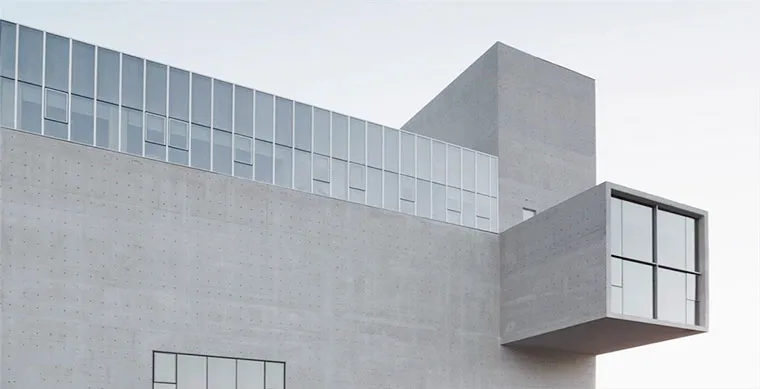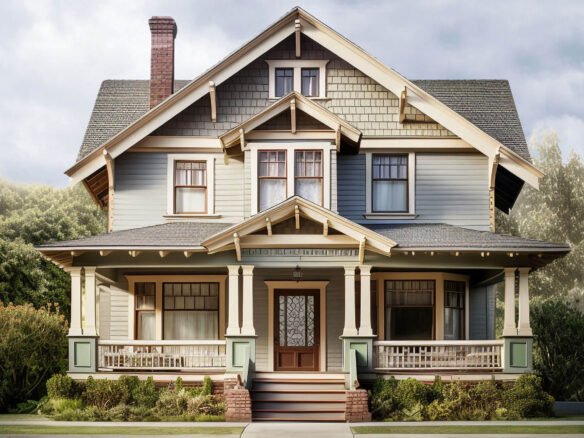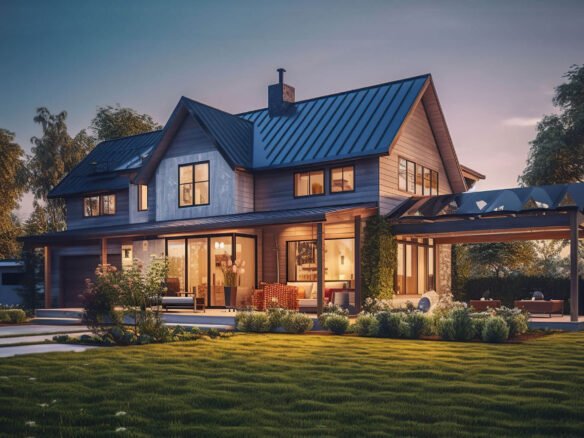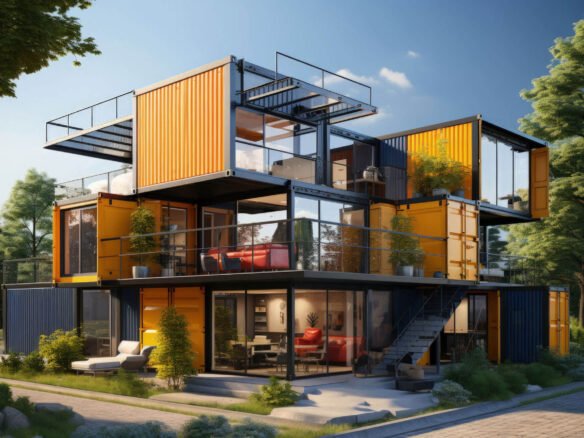Fair-faced concrete formwork is also a kind of building formwork, but compared with ordinary building formwork, fair-faced concrete formwork has obvious characteristics, such as light weight, large format, no deformation, no cracking, good waterproof performance, long service life. , etc., and build buildings and bridges more suitable for high rise buildings. The fair-faced concrete pouring surface is smooth and beautiful, minus the secondary plastering process of the wall and can be decorated directly. Fair-faced concrete formwork has strong corrosion resistance and will not stain the concrete surface. It can be processed into various shapes according to construction requirements. Compared with ordinary building formwork core, fair-faced concrete formwork is more suitable for construction.
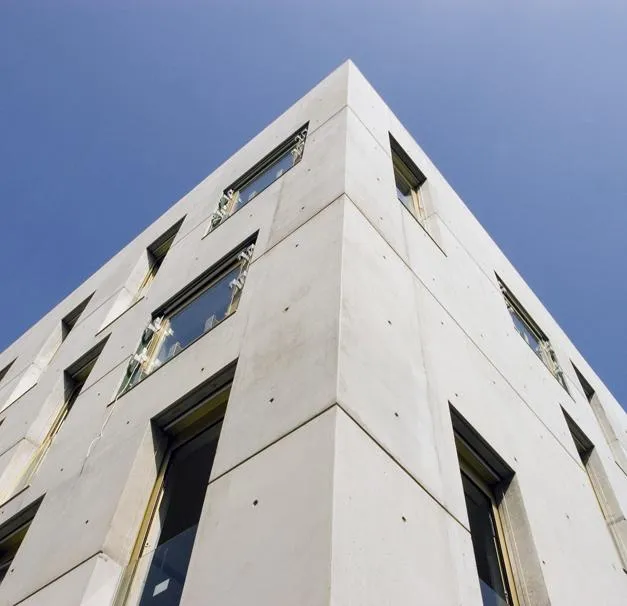
What is the difference between normal formwork and fair-face concrete formwork?
1. When using ordinary formwork to pour concrete components, the stiffness and flatness specified in the specification must be met (to ensure the cross-sectional shape of the component and any deformation after pouring concrete), and then the surface is plastered and decorated. It is mostly used in civil buildings and certain industrial buildings;
2. When using clean water formwork to pour concrete components, in addition to the specified stiffness in the specification (to ensure the cross-sectional shape of the component and no deformation after pouring concrete) and flatness, smoothness must also be met. Usually no plaster decoration is required. Mostly used in industrial factories and general industrial buildings;
3. According to the above, the main differences between them are in the formwork manufacturing process, whether surface plastering is required after pouring concrete, building usage requirements, etc. There is not much difference in usage. material


